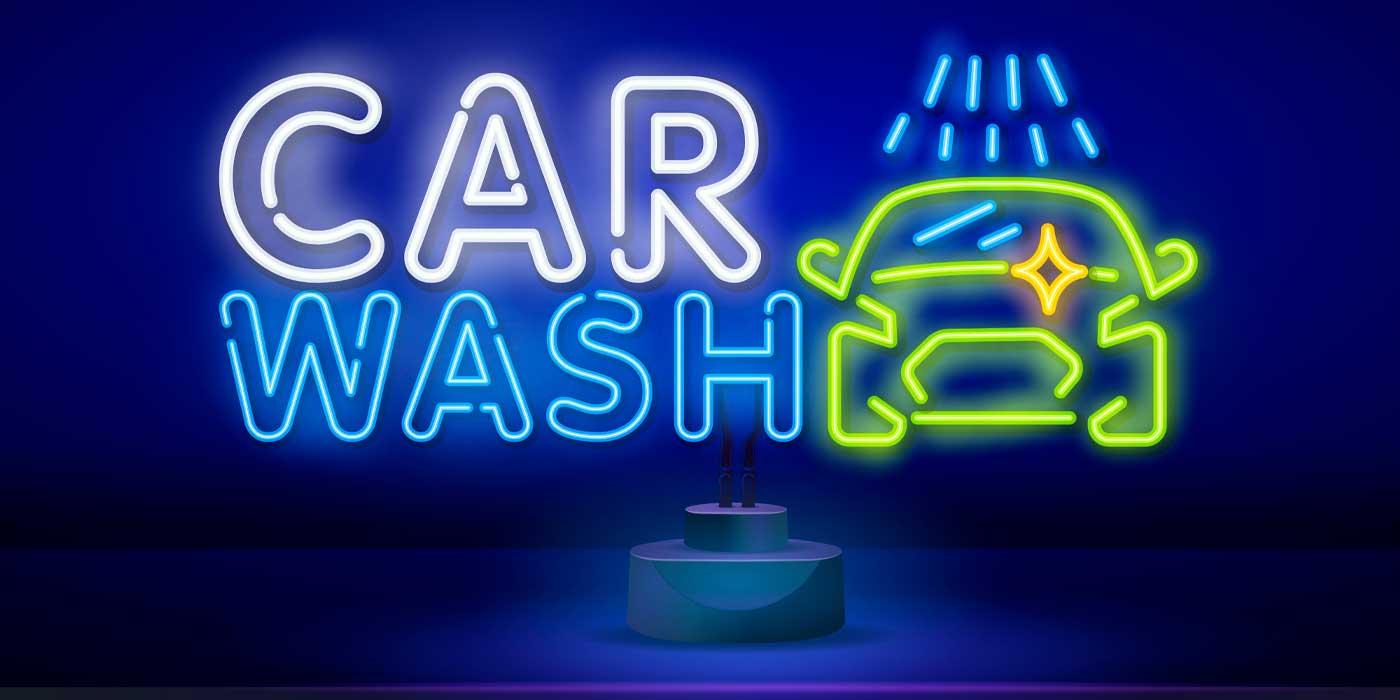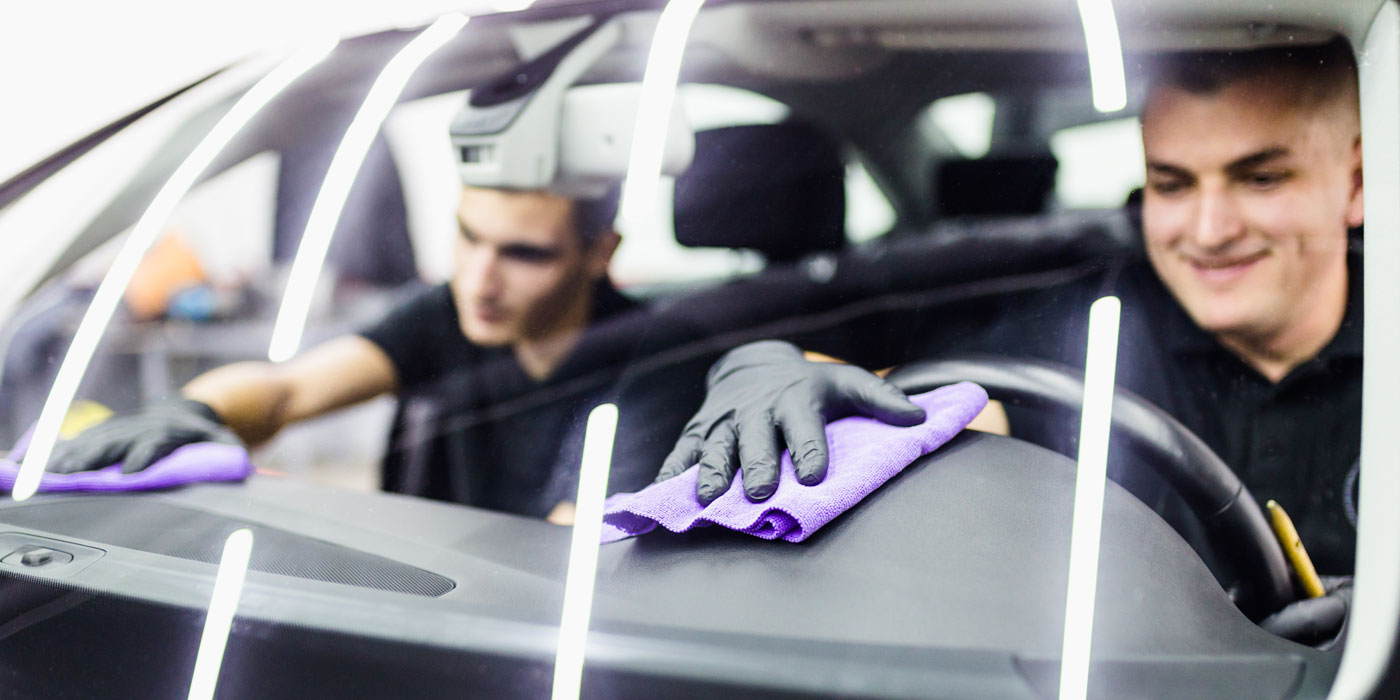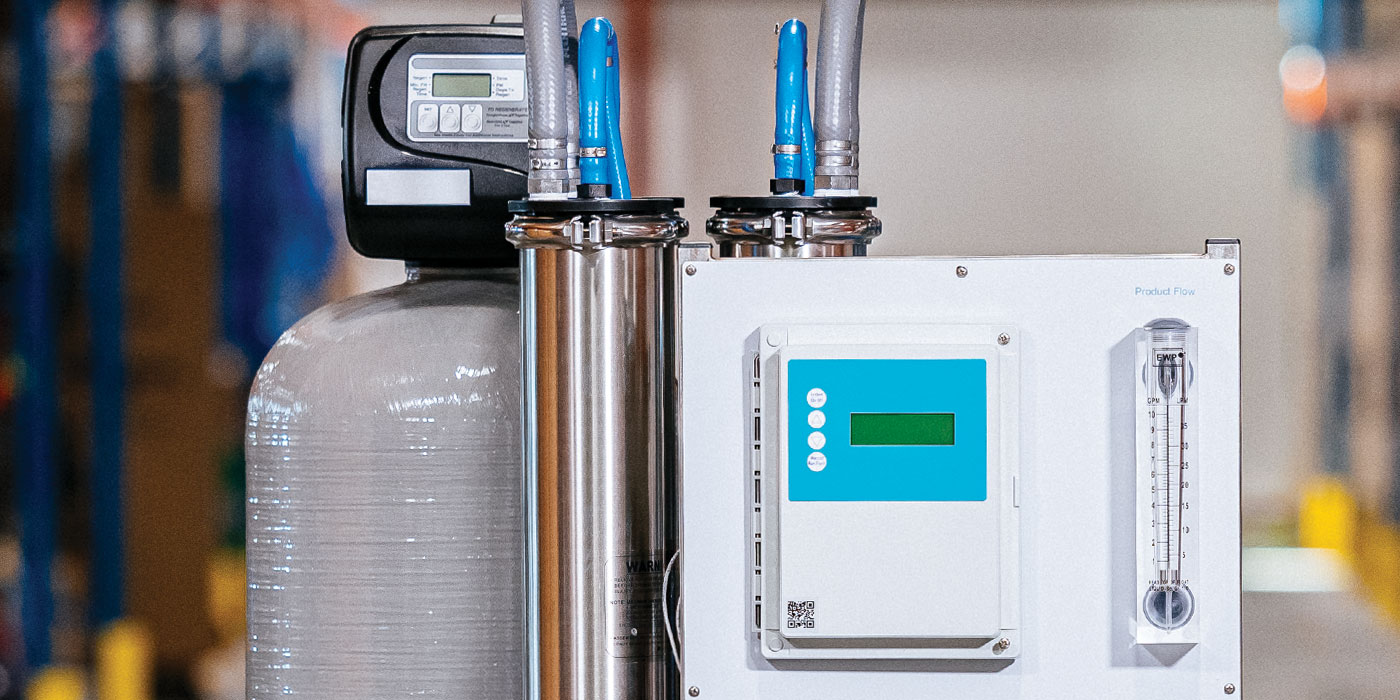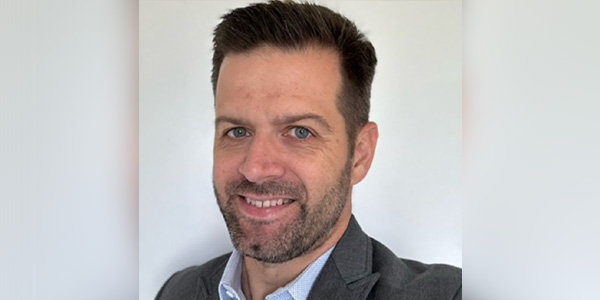There are many benefits to starting a carwash business in 2023. For one, the carwash industry is booming — from a total valuation at $14.67 billion in 2021, to growing at a compound annual rate of 5.5% from 2022 to 2030. A carwash business is also profitable and always in demand.
But just like other businesses, you can only enjoy these perks if you know how to handle your finances effectively. Your business’ financial resources are crucial to ensuring that it continues to operate without financial hiccups and that funds are invested for long-term gains.
For your carwash business to run smoothly, put the eight tips mentioned below to use. Learning how to manage your finances properly ensures the longevity and success of your business.
Tip 1: Separate business and personal finances
One of the oldest tricks in the book every business owner should follow is to keep separate business and personal funds. Doing so makes it easier for you to track your business’ profitability and spending.
Using one bank account for your personal and business funds might seem convenient at first, especially if you’re new to the business ownership game, but it can cause plenty of problems in the future. This setup leads to missed growth opportunities, overspending, and disorganized records.
Tracking withdrawn and deposited business funds can be challenging if you only have one bank account. As a result, you won’t be able to monitor your business’ incoming and outgoing funds. Most importantly, using one bank account puts you at risk of using your personal funds for business expenses and vice versa.
Tip 2: Think about long-term investments
Before thinking about how to haul in customers and where to find qualified employees, think about the long-term investments necessary to lift your business off the ground. Whether you want to start a full-serve or even a self-serve carwash, you’ll need a lot of money.
Consider the loan repayments and the cost of purchasing and maintaining equipment when starting a carwash business. If you want to embrace an eco-friendly concept; for example, using water-based cleaners and water spray gun attachments to help your business save water, you can expect to pay more in the setup process.
Think about how these costs will affect the profitability of your business, and implement strategies to balance out the effect. You’ll earn bigger profits if you have already budgeted money to cover your long-term investments.
Tip 3: Control the payroll
How much you spend for your payroll depends on the type of carwash you want to start. For instance, opening an automatic drive-in carwash will save you resources from hiring employees who will work on-site.
With automatic drive-in carwashes, most of your costs will be spent on maintenance and renewal of on-site equipment. This concept also allows you to run 24/7 carwash services, which can result in more significant profits.
Operating a carwash business without a large number of employees will make it easier to acquire more sales for fewer acquisition costs, because customers will be washing their cars themselves. This means you can accommodate several cars at a time without spending more on salaries or overtime pays.
However, some car owners prefer manual carwashes as employees pay more attention to vehicles and can reach more dirty crevices and corners. Manual carwashes are also flexible, as employees can complete the service by applying different coating strategies for better results.
Weigh the demand for automatic vs. manual carwash businesses in your area to get a better insight into how to keep your profits high. Ideally, you should choose a business model most preferred by car owners in your area. Regardless of the style you choose, staying on top of payroll and tracking it effectively will help you keep your business viable over the long term.
Tip 4: Create a budget
Creating a budget requires time and effort but will be worth it as it will simplify how you handle your business’ finances. For example, you can easily set expenses and revenue goals when you have a budget for your carwash business.
Here are the steps in creating a budget for your carwash business:
- Examine your revenue: Add all of your income sources to discover how much your carwash business earns in a month. If possible, use data from the previous 12 months to examine how your revenue changes per season. Your carwash business might have earned more during the summer months but less once the rainy season starts.
- Subtract fixed costs: Add up your fixed costs, like supplies, rent, payroll, taxes and insurance.
- Identify variable expenses: Variable expenses are costs that change depending on how they’re used. Some examples of variable expenses your carwash business might have are office supplies, utilities and repair of old equipment.
- Set aside contingency funds: You can never predict when cleaning equipment will get damaged or when turnover will happen, so always allocate funds for contingencies. This way, your carwash business continues to provide high-quality services even if emergencies arise
- Create a profit and loss statement: After collecting the above information, put it together to determine your profit and loss. Add your business’ income and expenses for the month, and then subtract the expenses from the income. If you have a positive number at the end, your business earns.
- Outline your business budget: After creating your profit and loss statement, you can create your business budget. Then, reference your profit and loss statement to understand better your carwash business’s seasonal ups and lows, which investments you should continue making, and what you should avoid in the future.
Tip 5: Manage inventory
Do you order too many cleaning products from your supplier that they end up collecting dust in your storage room? Or do you constantly run out of cleaning products during peak season, causing you to refuse customers? Improving how you manage your inventory will help you manage your business finances.
Track how much inventory you have in your carwash business to determine the fine line between ordering too much and too little. Record inventory purchases in your books and monitor how much you should have on hand before ordering more.
Tip 6: Cut costs and increase revenue
Two money management tips most business owners fail to accomplish are to decrease expenses and increase income. So, if you struggle to manage your carwash business’s funds, look for ways to cut costs and increase revenue.
To lower costs, analyze your expenses first. Then, check which areas of the business you spend the most and eliminate frills wherever possible. For example, you can work with newer suppliers who offer better deals. You can also invest in newer, bigger equipment, such as pressure tanks, power sprayers, and vacuum cleaners, to conserve more energy and accommodate more cars.
When it comes to increasing revenue, you have plenty of options, like offering discounts, adding new services, or promoting products through social media. You can also create loyalty and refer-a-friend programs to encourage patrons to invite their friends to try out your services.
Tip 7: Pay attention to overhead costs
Overhead costs include your business’ administrative, payroll and commercial expenses. Start by determining the size of your carwash and the number of cars it can accommodate to determine how much your electricity and water bills will be.
Although more carwashes mean more profits, they can also lead to higher costs. One way to minimize utility costs is to offer a waterless cleaning service. In this business model, your main expenses will consist of employee wages and purchasing special cleaning products. This carwash will be a hit for customers looking for eco-friendly cleaning options.
Next, you need to consider the cost of buying or renting a space big enough for your carwash bays. An ideal carwash bay is approximately 16 feet wide by 28 feet long, but if you’re planning to accommodate semi-trucks, your bay should be at least 18 feet wide by 28 feet long. Then you must multiply that size based on your desired number of bays.
When estimating the cost of electricity, water, equipment, cleaning products and insurance, take the time to reach out to several suppliers and compare options. Then, choose a supplier who offers the best deals for your business, as the cheapest doesn’t always guarantee optimal results.
Working with the right supplier is critical when running a carwash business because you’ll be making large orders regularly.
Tip 8: Create a financial forecast
Creating a financial forecast is one of the best ways to assess the profitability of your business and determine how making certain adjustments can impact your finances. With a financial forecast, you can break different aspects of your business into smaller details while listing quotes provided by different suppliers. You can also determine whether the business is profitable and assess which adjustments are necessary to ensure that the business continues to profit. Another benefit of a financial forecast is ensuring that the business has sufficient cash flow to mitigate problems (like equipment renewal and loan repayments) once they arise.
Financial forecasting comes in different types: sales forecasting, cash flow forecasting, budget forecasting, and income forecasting. But regardless of the type, financial forecasting involves the same steps.
You don’t need years of business experience or a large sum of money to manage your finances as a carwash owner successfully. If you’re someone who cares about your business and are willing to put in the work it takes on the financial side to keep your business going, you can have considerable success in almost any industry. Consistently implement the tips mentioned here to achieve sound money management and ensure that your business continues to grow and succeed in the long term.
Dr. Enoch Omololu is the founder of the popular Canadian finance website, Savvy New Canadians. Dr. Omololu is both a personal finance expert and a trained veterinarian. He holds a master’s degree in Finance and Investment Management from the University of Aberdeen Business School and has completed several courses and certificates in finance, including the Canadian Securities Course. Through his website, over 15 million readers have learned about all things personal finance.














